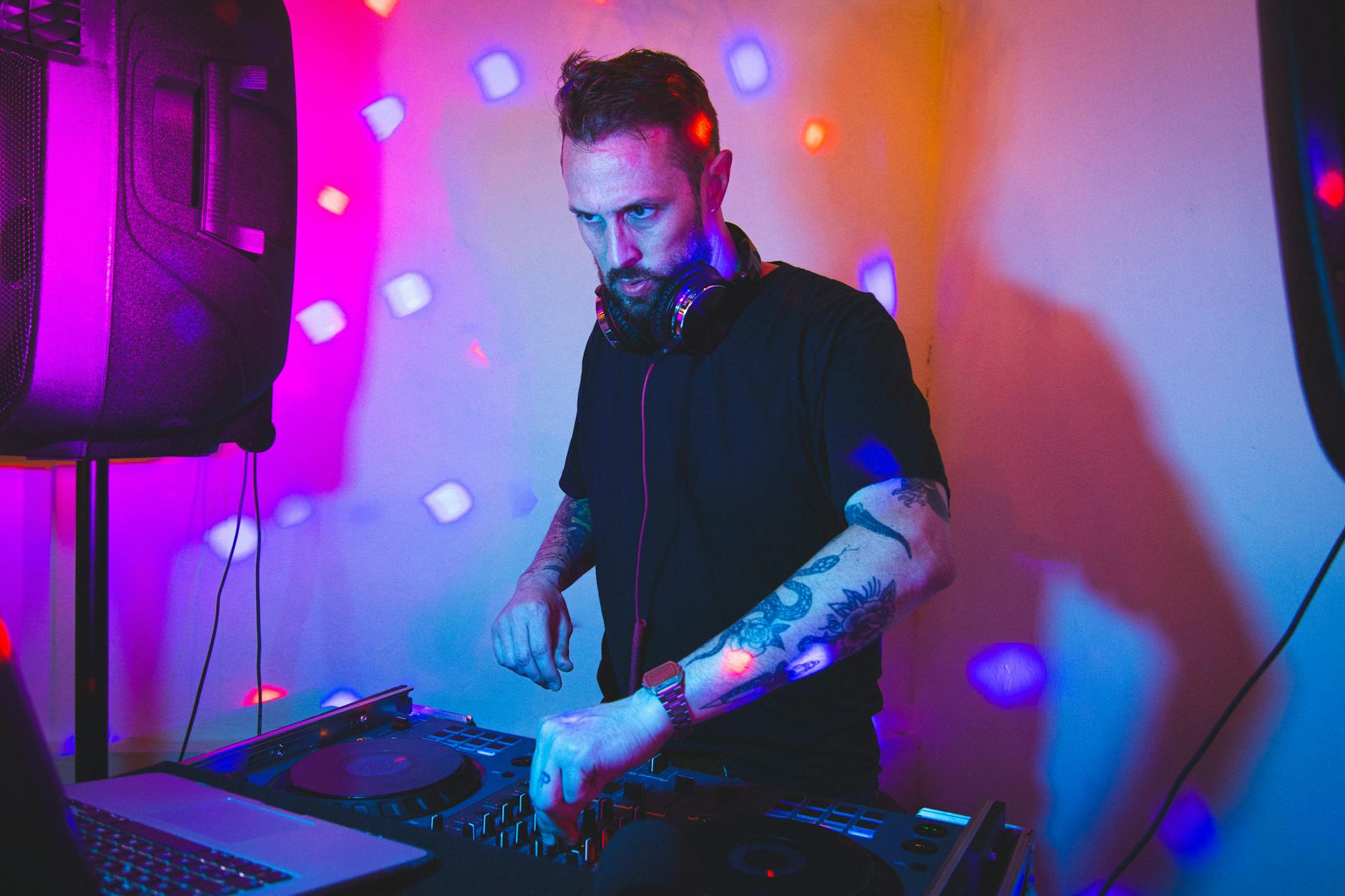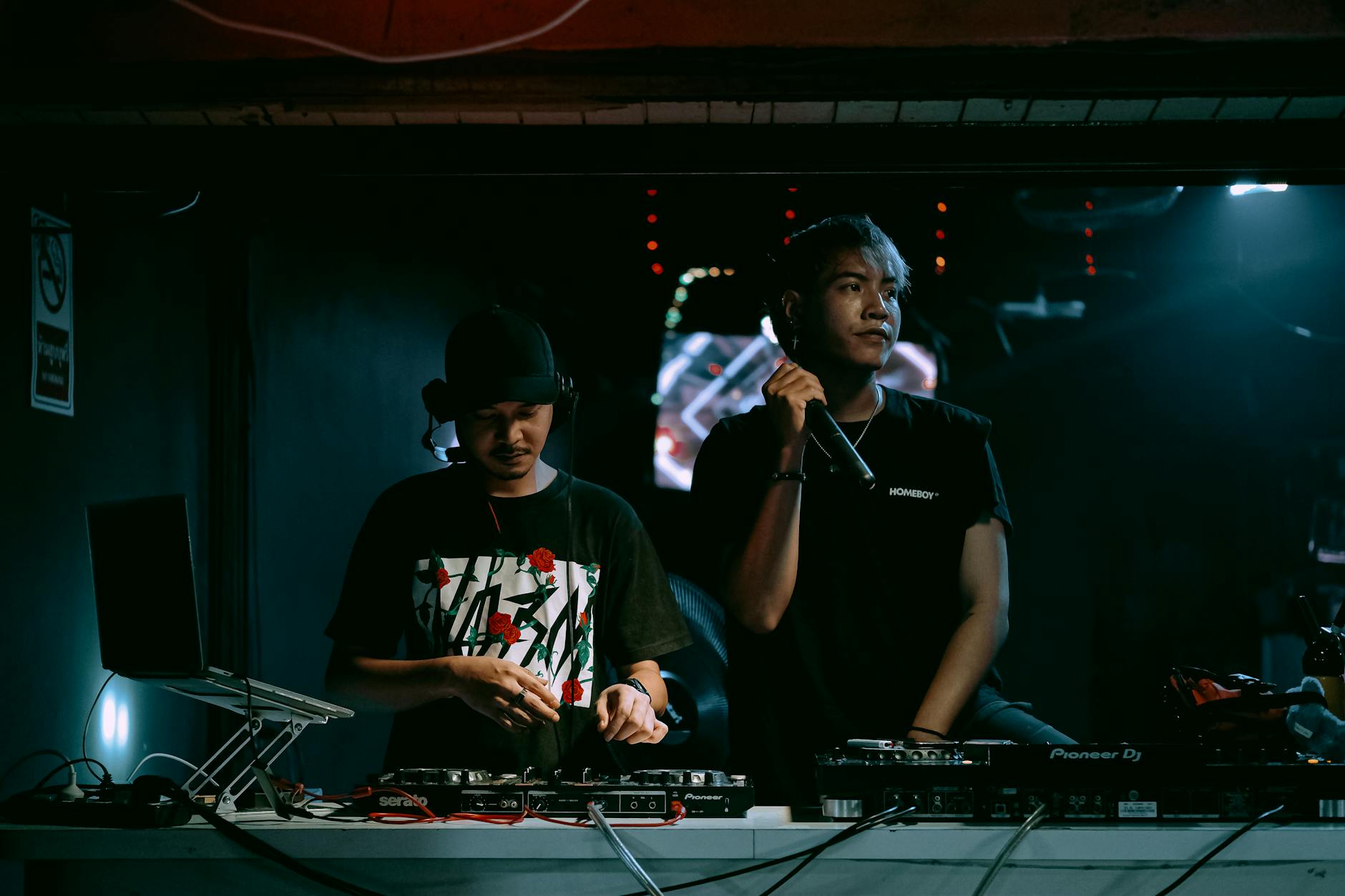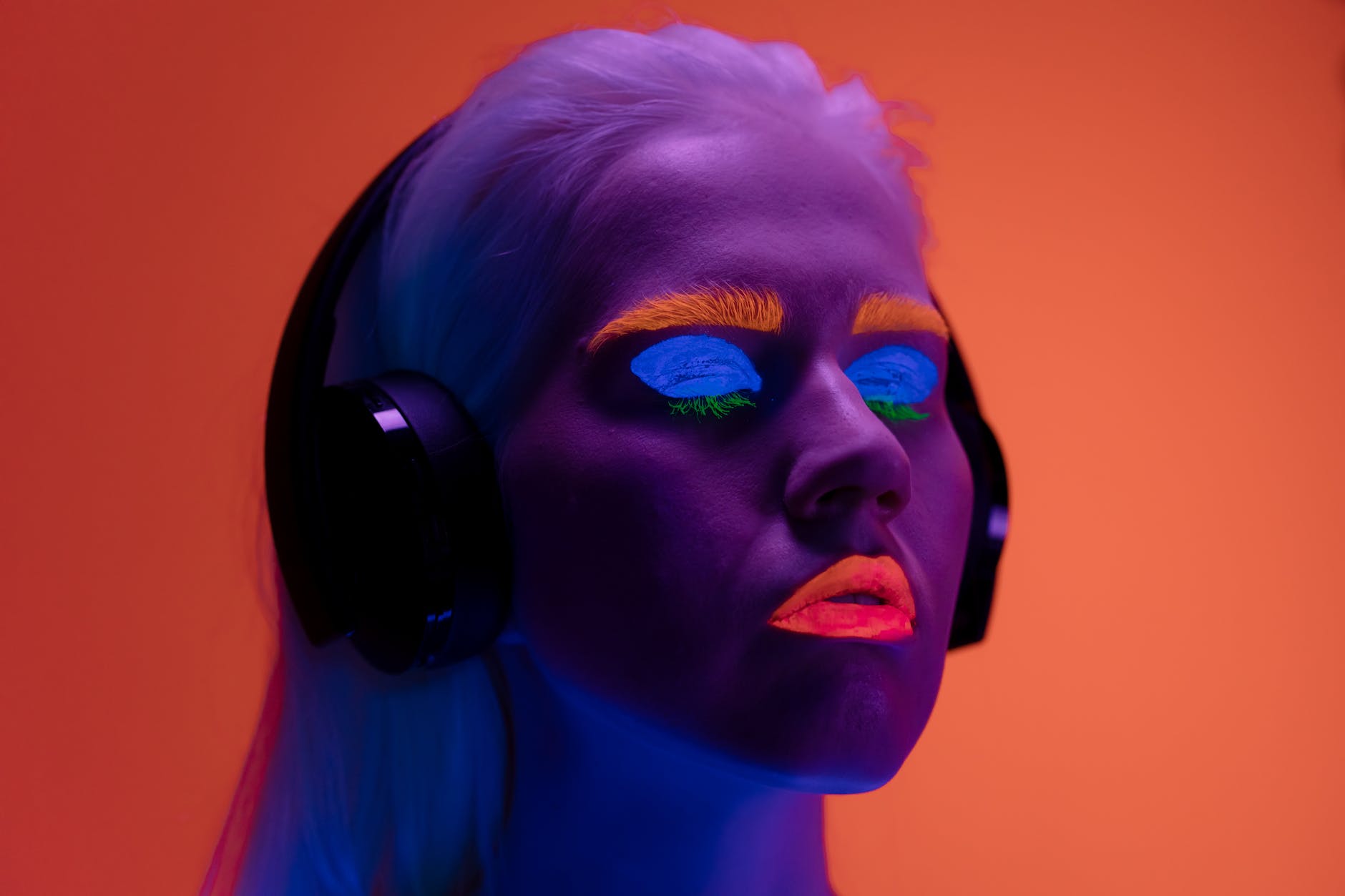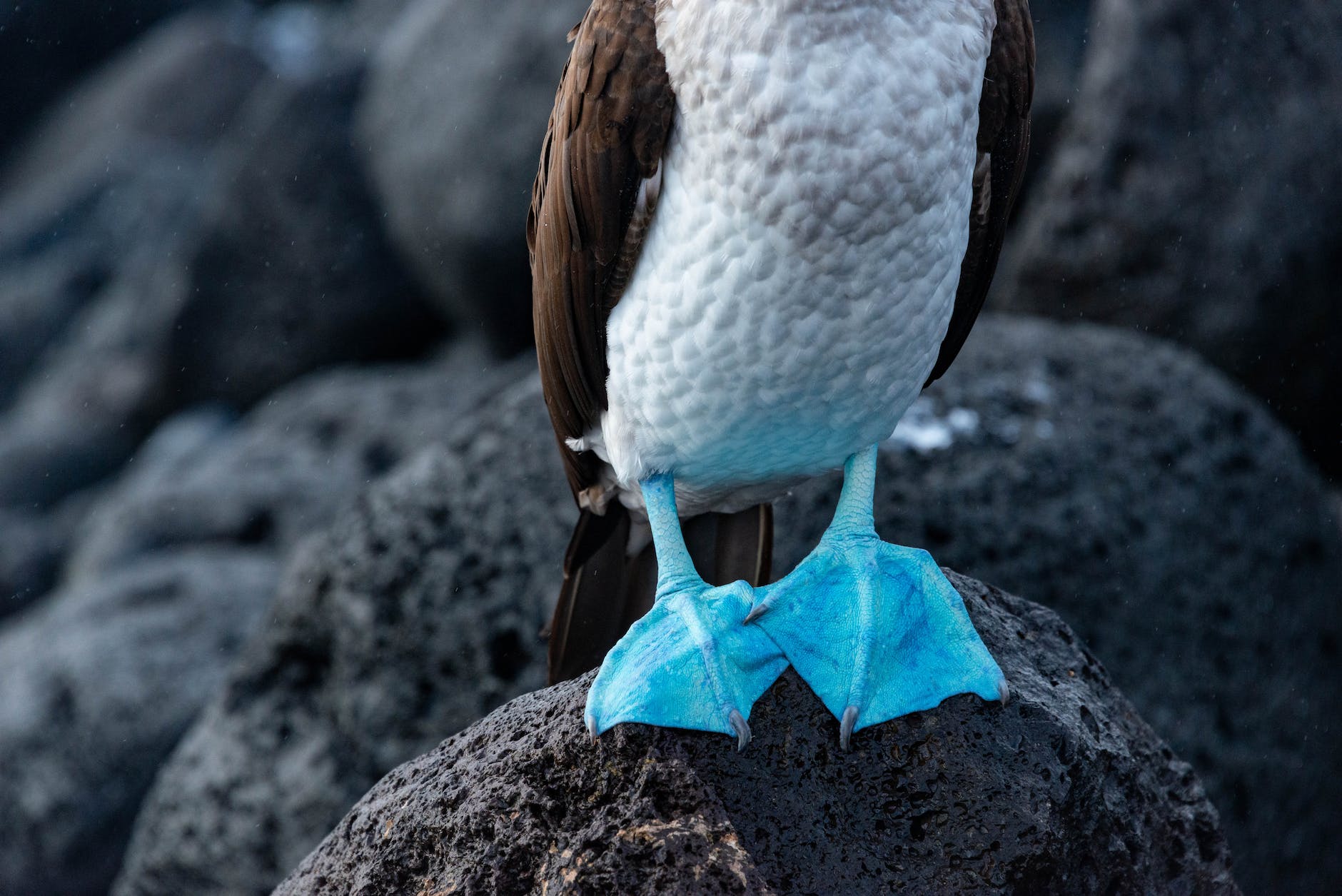In the expansive cosmos of human imagination, nothing is as intertwining as the magical fusion of psychedelics and music. Artists over the years have explored this symbiotic relationship, tapping into its potential to create inspirational soundscapes and cultural revolutions.
Psychedelics, from the ancient use of peyote and ayahuasca to the iconic LSD symbolized by Timothy Leary, have played a transformative role in human consciousness. This consciousness-expanding journey is greatly amplified when accompanied by music creating a sensory cocktail of auditory and visual magnificence often referred to as synesthesia.
The 1960s marked a pivotal era of this confluence. Known for its counterculture and the rise of psychedelic rock, acts such as The Grateful Dead, The Beatles, Pink Floyd, and Jimi Hendrix influenced by the psychedelic experience created genre-bending masterpieces. Their improvisation, deep lyricism, explorative soundscapes, and improvisation heavily alluded to the mind-altering experiences they underwent, creating a bond between psychedelics and their music.
The Grateful Dead concerts themselves became a ritualistic celebration of this communion, known for their legendary ‘Acid Tests’ where LSD made its notorious public debut. It was a melting pot of music, psychedelics, and communal unity. The listeners weren’t passive participants – under the influence of psychedelics, they were on the same transcendental journey as the performers on stage.
Electronic music, particularly the emerging genre of ‘Psytrance’ or trance around the late 1980s, also embraced the psychoactive substances. Goa, a western Indian state famous for its trance festivals, drew in crowds who were attracted by the high-energy beats and the promise of a liberating psychedelic journey. Musicians aimed to induce a trance-like state in their audience, mimicking the introspective, time-warping essence of a psychedelic trip.
The fusion of psychedelics and music transcends auditory sensation. It becomes a vehicle for introspection, self-realization, and communal connectedness. Under the influence of psychedelics, usual cognitive filters are bypassed. Music, therefore, becomes multi-dimensional, conjuring vivid imagery, emotions, and narratives, a phenomenon manifested in synesthesia.
Synesthesia, for the uninitiated, can best be described as a cross-sensory experience; a synesthetic individual might ‘see’ music or ‘taste’ colors. Psychedelics can engender this cross-sensory phenomenon even in those who don’t experience it usually. Many artists have recounted such synesthetic experiences while creating music under the influence of psychedelics, highlighting the potential of these substances as tools for creative exploration. Sitting at this intersection of music and hallucinogen-inspired creativity have been notable artists like Syd Barrett, Brian Jones, and Jimi Hendrix.
But what does science say about the links between psychedelics and music? Current research points towards the potential of this relationship. For instance, a study published in the Scientific Reports journal showed that when participants on psychedelics listened to music, they experienced potent emotions and vivid visions. The study highlighted how music could even guide the direction of the participant’s trip, signifying that music can be more than just a soundtrack to the psychedelic experience – it can shape it profoundly.
Moreover, psilocybin – the active component in magic mushrooms – and music are being studied together in assisted therapies for treatment-resistant depression. A study saw reduced depressive symptoms in patients when psilocybin was administered in combination with a curated playlist, underscoring the curative potential of this symbiotic relationship. The research, published in the Journal of Psychopharmacology, illuminates how the soundscape can serve as a safety net, anchoring the patient during potentially turbulent psychedelic journeys.
This union of psychedelics and music has changed how musicians create, perform, and express, facilitating an immersive art form that irrevocably alters the listener’s sensory perception. Understanding and respecting this pairing’s historical, cultural, and therapeutic significance, it’s evident that this imperceptible dance of psychedelics in harmony with music will continue to induce profound changes in the landscapes of art, psychology, and consciousness exploration.
What ultimately unfolds in the symphony of psychedelics and music is a visceral, primordial channel of human self-expression and exploration, echoing truths about existence and consciousness that lie beyond the realm of words. This symbiotic relationship constructs an auditory bridge to the mystical and ineffable, and certainly, it’s a bridge worth crossing with an open heart and attentive ears.








